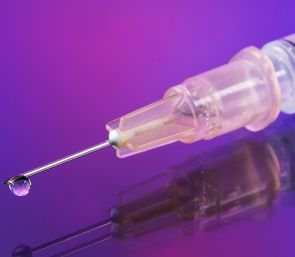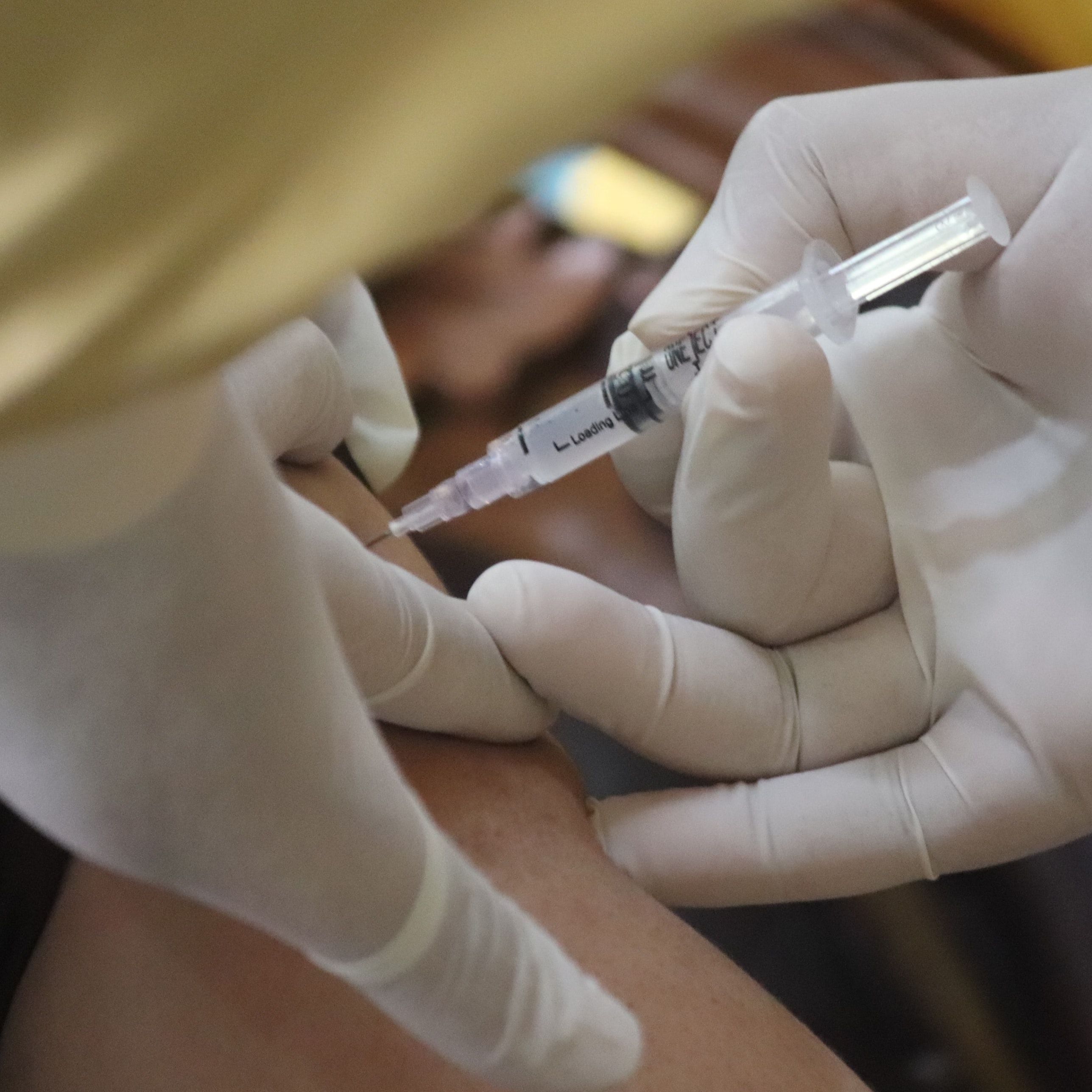Article
Flu Shots 23% Effective; Antivirals in Demand
Author(s):
Though the flu vaccine for the 2014-2015 season is only 23% effective, the US Centers for Disease Control and Prevention (CDC) continues to recommend flu shots for those who do not have the illness, and antivirals for those who do. The effectiveness estimate is based on data from 2,321 children and adults with acute respiratory illness tested from Nov. 10, 2014 to Jan. 2, 2015 at 5 study sites with outpatient facilities. The cases were all laboratory confirmed.

Though the flu vaccine for the 2014-2015 season is only 23% effective, the US Centers for Disease Control and Prevention (CDC) continues to recommend flu shots for those who do not have the illness, and antivirals for those who do.
The effectiveness estimate is based on data from 2,321 children and adults with acute respiratory illness tested from Nov. 10, 2014 to Jan. 2, 2015 at 5 study sites with outpatient facilities. The cases were all laboratory confirmed.
Most of those cases were traced to A H3N2 viruses, but most were not the subtypes used in the vaccine.
“More than two-thirds of the influenza A H3N2 viruses are different from the H3N2 component of the 2014-2015 vaccine,” the CDC announced.
The vaccine does offer protection from other strains and “even with reduced effectiveness, prevents thousands of hospitalizations,” the agency said in Morbidity and Mortality Weekly Review.
The flu season is still in full swing, and expected to continue for weeks, but intermittent, localized Tamiflu shortages have gone away.
According to Genentech, which manufactures oseltamavir (Tamiflu) despite reports of physicians and pharmacies running out of the flu-shortening anti-viral, there should be plenty to go around now.
Availability “May vary from one pharmacy to another based on location, when they ordered product and a number of other possible factors,” a Genentech spokeswoman said, “We are doing our utmost to get new supplies out to those areas that need them most via our network of distributors and as needed via drop shipments direct to pharmacies. “
And if local pharmacies are out of Tamiflu, GlaxoSmithKline has some zanamivir (Relenza) it would like to sell.According spokeswoman for GlaxoSmithKline, the company “Has not promoted Relenza for several years but does have inventory available.”
Both drugs are neuraminidase inhibitors. That protein enables viruses to spread through the patient’s mucus. When the virus cannot do that, viral load drops, patients start to recover, and they are also believed to be less likely to spread the flu.
Tamiflu is vastly more popular. Though studies show that the antivirals are effective only when taken in the first 48 hours of symptoms, “they are the only game in town,” said Dr. Bruce Farber, chief of infectious disease at North Shore-LIJ health system in Manhasset, NY.
“I prescribe it because it shortens the flu by at least a day, according to controlled studies, and anecdotally some people say it has helped them a lot more than that.”
Tamiflu got some bad press earlier in the season in the UK, when the fact that the drug didn’t really cure the flu brought its use by that nation’s public health service into question.
All the drug does is shorten the duration. Turning that fact into selling point, Genentech’s consumer advertising campaign aims at convincing the public that shortening the flu by 1.3 days (30% of the typical duration) is worth the price. Created by Young & Rubicam Advertising, the campaign is called “Trapped” and shows oversized people confined to their too-small rooms. The idea is that is how it feels to have the flu virus.
Relenza does the same thing, but has been far less popular.
“Tamiflu is easier to use, more reliable,” said Farber. Since Relenza is delivered by an inhaler “People are concerned they didn’t get all of it, or that it ended up in their mouth," he said.
The FDA in December approved a third neuramidase inhibitor drug, permavir (Rapivab/BioCryst). It is a one-dose drug delivered by IV. The drug is intended for patients who are hospitalized, seriously ill, or incapable of taking a flu drug by mouth or inhalation.
2 Commerce Drive
Cranbury, NJ 08512
All rights reserved.





